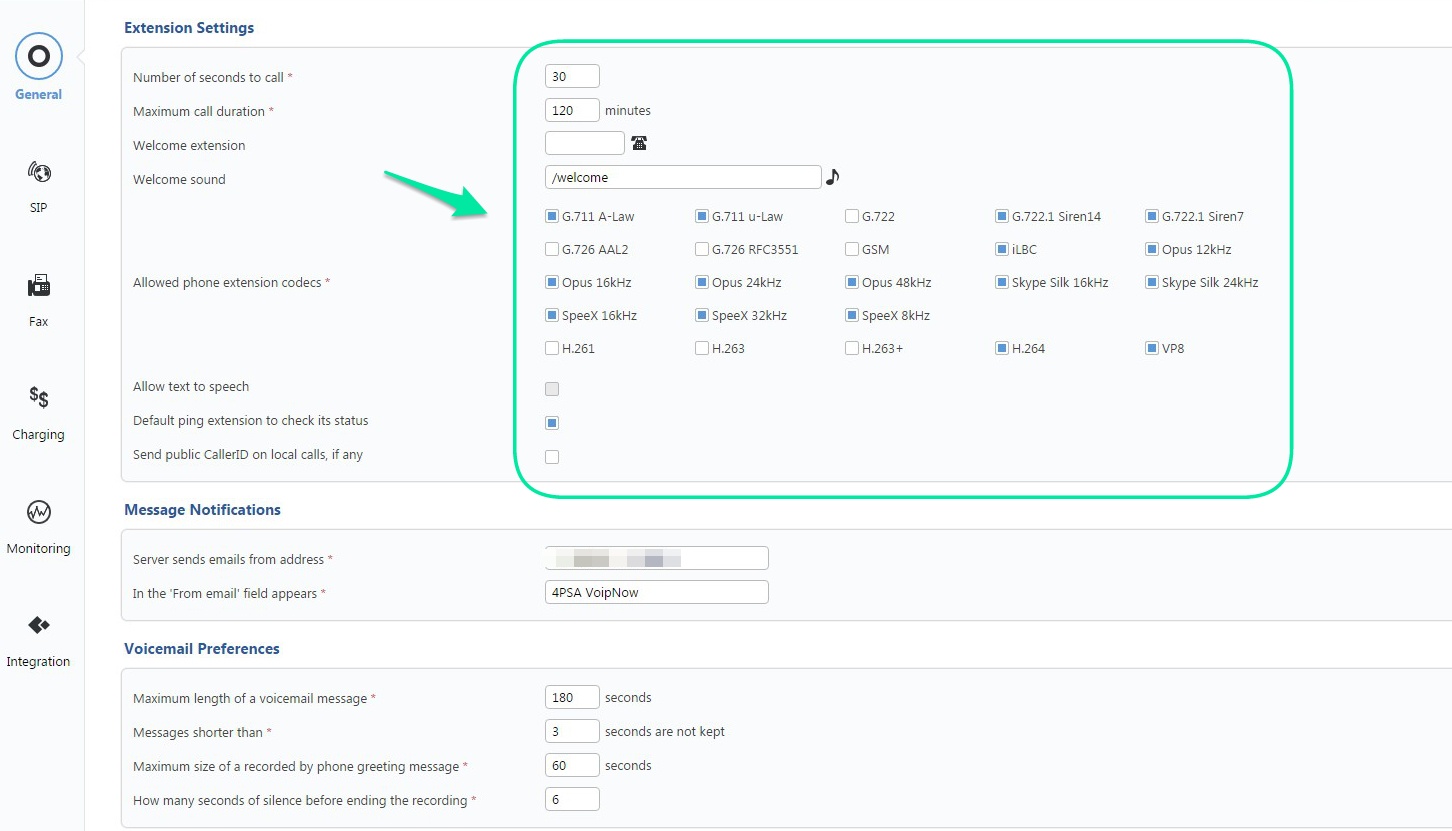Being in the business of developing enterprise-class communication and collaboration software for over a decade, we know a thing or two about audio and video quality. User experience is crucial when it comes to UC&C solutions. You can have as many features as you like. What matters is to make the best of them.
Studies have shown that “user experience” tops the list of complaints among conferencing users. This includes both the visual experience and the audio experience. UC tools that mess up on these aspects are about as useful as an old fax machine. Without good quality audio and / or video, conferencing is more of a pain than a perk. This is why we’ve placed tremendous focus on the codec side of VoipNow.
A codec for every scenario
Audio-wise, VoipNow offers both wideband and narrowband codecs to enable high-quality sound for different situations. Since not everyone has enough bandwidth to support wideband, a narrowband codec will be the next-best thing. G.711 is a narrowband codec dating from 1972 and has two variants: A-Law for Europe and international telephone links, and u-Law for the U.S.A. and Japan.
Using a logarithmic compression, G.711 compresses 16-bit samples to 8 bits (for a compression ratio of 1:2) resulting in a 64 kbit/s bit rate for every direction, meaning a call will consume 128 kbit/s of bandwidth, plus some overhead. Compared to other codecs, G.711 is quite pretentious, but it is ideal for local affairs because LAN equals a lot of bandwidth. It’s also a codec that isn’t associated with licensing fees, meaning it can be used freely by any VoIP app.
For HD voice, VoipNow relies on the notorious G.722 and the Opus wideband codecs at various frequencies. For a good narrowband connection, the G.729 (operating at 8kHz) jumps in and saves the day.
For video calls, VoipNow stays at the top of its game with such monikers as H.261, H.263, H.263+, the infamous H.264 and, of course, VP8. The GUI offers a dedicated settings panel where you, as an administrator, can play with the codecs as you please, giving your organization the optimal experience for the equipment on hand (including mobile devices).
Why is UX important?
If there’s one question that should never be asked when talking about software, it’s probably this one. User experience (commonly abbreviated UX) is the key to driving productivity with a particular tool, or app. User experience is interface + features + workflow, all under one roof. It’s an aggregation of the visual experience, the functionality and the usability. Balance these three ingredients well and people will use your app, no ifs or buts.
It pains us to hear that UX is the #1 problem in UC adoption, and (frankly) it’s not news to us. While we can’t change what others are doing, we constantly strive to prove the opposite in a marketplace that’s fearful of the new. We like to think we are doing a good job, but we can always to better. If there is one thing we’ve learned from our own customers, it is this: the better the experience, the more customers will use VoipNow to drive communication and collaboration, resulting in growth and rapid return on investment.

Post A Reply